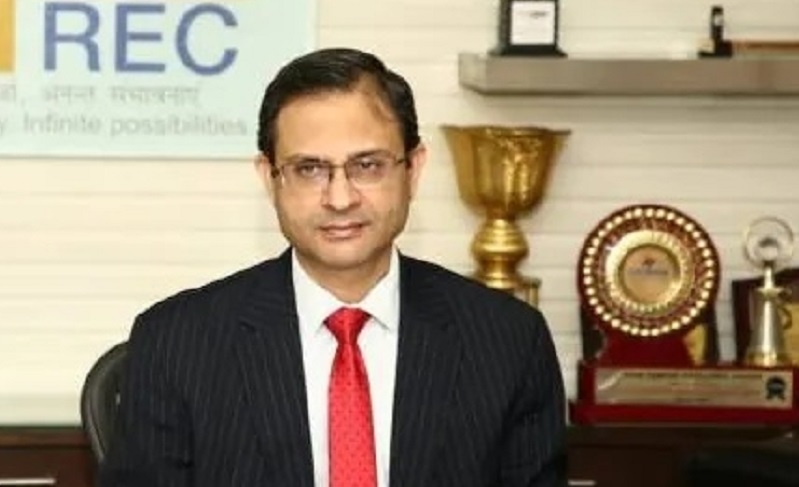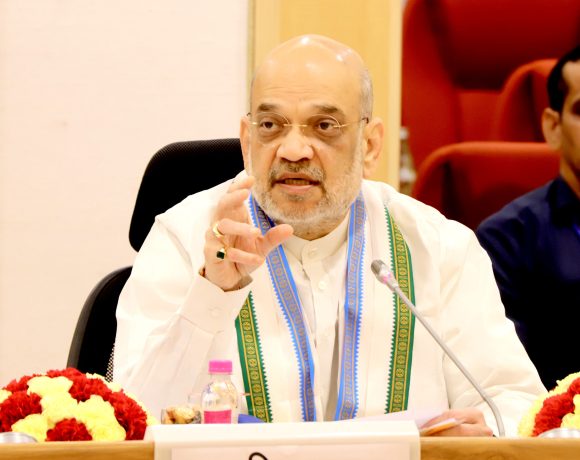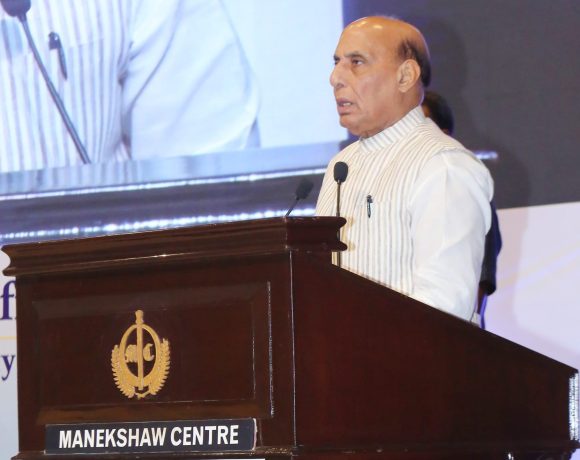
RBI Unleashes Jumbo Rate Cut, Injects ₹2.5 Lakh Crore Liquidity
In a decisive move to stimulate economic growth, the Reserve Bank of India (RBI) has implemented a substantial 50 basis point reduction in the repo rate, bringing it down to 5.5%. Concurrently, the Cash Reserve Ratio (CRR) has been slashed by 100 basis points to 3%, a measure expected to infuse approximately ₹2.5 lakh crore into the banking system .
RBI Rate Cut: A Strategic Shift
This marks the third consecutive rate cut in 2025, totaling a 100 basis point reduction. The RBI’s Monetary Policy Committee (MPC) has also shifted its stance from ‘accommodative’ to ‘neutral’, indicating a balanced approach towards fostering growth while maintaining inflation control .
Governor Sanjay Malhotra emphasized the need to “frontload” growth amid global uncertainties, stating that the policy actions aim to propel the economy towards a higher growth trajectory .
Liquidity Boost: CRR Reduction
The CRR cut, implemented in four staggered phases, is designed to enhance liquidity and reduce borrowing costs, thereby stimulating consumer demand and private investment. This move is anticipated to support credit growth across various sectors, including real estate and infrastructure .
Market Response: Positive Momentum
The financial markets responded positively to the RBI’s measures. The Nifty 50 index surpassed the 25,000 mark, while the BSE Sensex jumped over 700 points, reflecting improved market optimism and expectations of enhanced liquidity and economic support .
Inflation Outlook: Eased Pressures
With inflation consistently staying below the 4% median target, the RBI has revised its annual inflation forecast down to 3.7% for the fiscal year ending March 2026. This easing of inflationary pressures has provided the central bank with the leeway to implement growth-supportive measures .
Future Outlook: Cautious Optimism
While the current policy actions are aimed at invigorating the economy, the RBI has indicated a cautious approach moving forward. The central bank will closely monitor incoming data and the evolving economic outlook to chart the future course of monetary policy, ensuring a balanced growth-inflation dynamic .

















